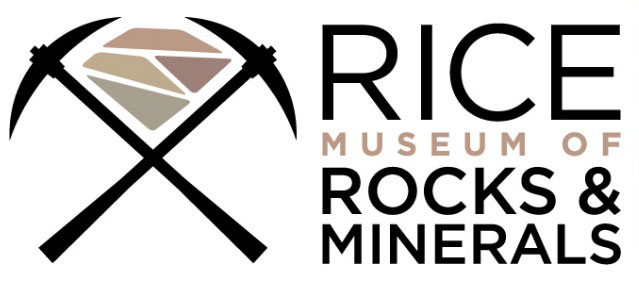Don’t miss out – our exhibit of the worldwide collection of fine minerals owned by Gail and Jim Spann will be leaving in a few short months.
Thousands of people have already been wowed by this exhibit, but if you haven’t seen the it yet you should make plans soon. This spectacular display of world-class specimens will only be at the museum until January 20, 2020. That means in five short months they’ll be headed home to Texas.
Until then, you still have time to check them out. Here’s a few favorites

Blue Cap Tourmaline
One of only abut 35 museum-grade specimens in the world from the famous “Blue-Cap Pocket”, this giant is one of the best representatives you’ll ever see of pink elbaite tourmaline with a blue cap top. Hailing from the famed Pala-area mines of San Diego, it has splendid color zoning.
The Blue Cap Pocket was unearthed in late December, 1972 and is the most famous tourmaline pocket in U.S. history. Collectors consider the pocket with an almost reverent respect. Only under 100 pieces were found, of any quality. This is one of the top specimens, and stands front and center in the display.
Rose Quartz crystal ring
Rose quartz is uncommon in a crystal habit, and it’s even more rare to find it circling a pristine quartz crystal like this. The girdle of crystalline rose quartz is striking, and gives the specimen a striking look. Some call this a “Friar Tuck” display. This specimen is from Lavra da Ilha, a granite pegmatite on a small island north of Taquaral in Minas Gerais, Brazil. The bright luster and rich pink color are rare, and provide a striking contrast to the crystalline quartz it adorns.

Malachite “Sorcerer’s Hat” Stalagmite
This striking ‘finger’ of malachite sits atop a plate of similar malachite, giving it the appearance of a tall witch hat, according to the many Harry Potter fans who have seen it here. Found at the L’Etolle du Congo (the “Star of Congo”) mine in the Democratic Republic of Congo, it has a slightly drusy, or sparkly exterior. The whimsical nature of the piece draws remarks from crowds, as the taper at the top is unique from most malachite specimens that formed as stalactites and stalagmites. It shows no surface bruising that is common to similar specimens, and is dramatic even in an unpolished state.

Hematite, Horse Tooth Habit
This specimen was the elegant star of our promotional poster back in March. The dramatic edges, striated surfaces, and shiny luster are typical of this form of hematite, which is usually found in rounded, botryoidal masses or red, rusty chunks. Typical of a Morocco hematite, it is lustrous and almost appears sculpted, but it is completely natural.

These are a few of the nearly eighty amazing specimens from the collection of Gail and Jim Spann. The exhibit can be viewed during normal hours of operation and there is no additional charge for this rare opportunity.

